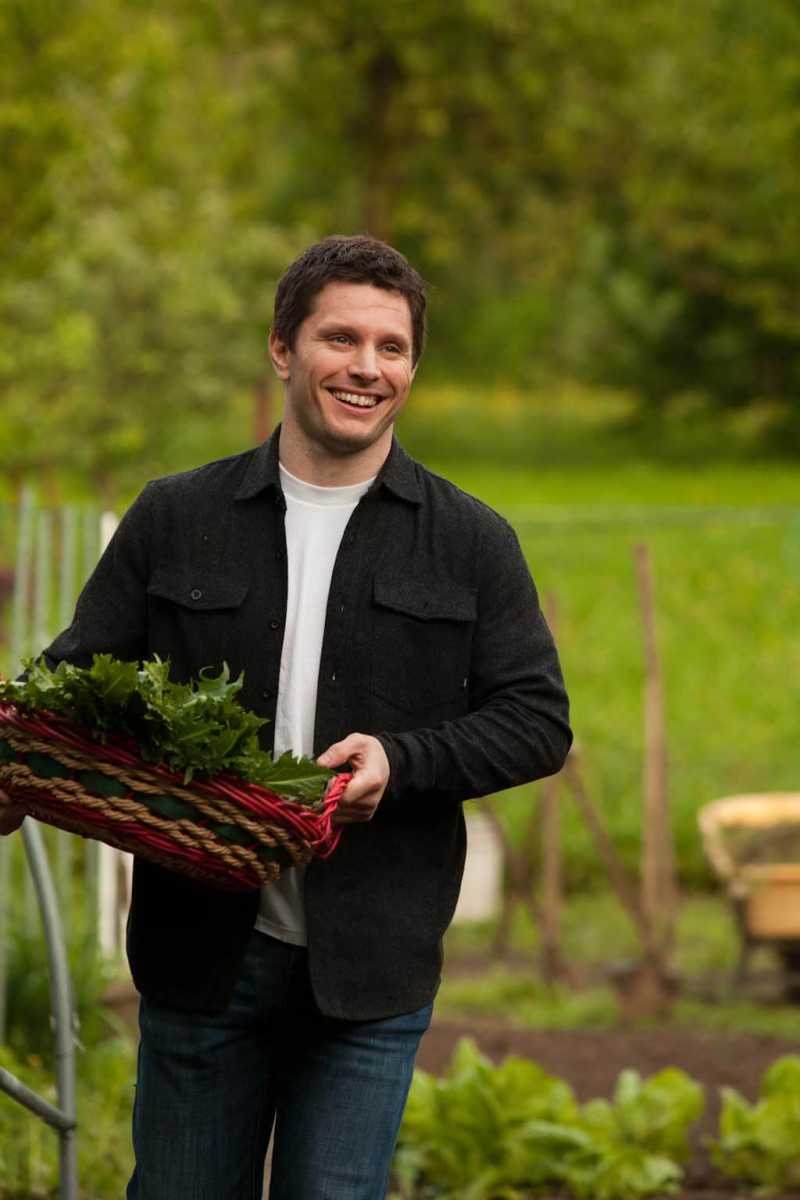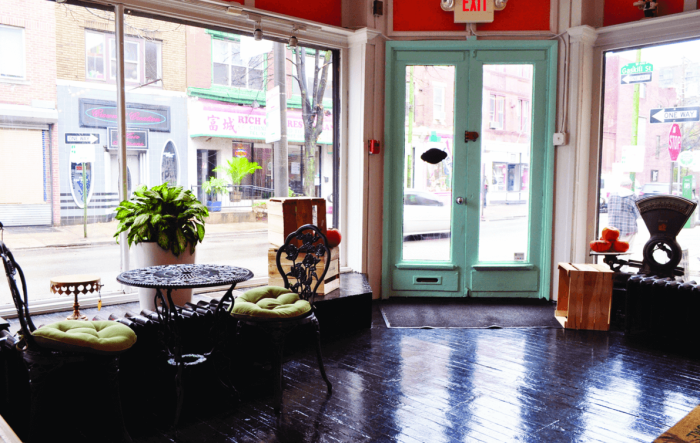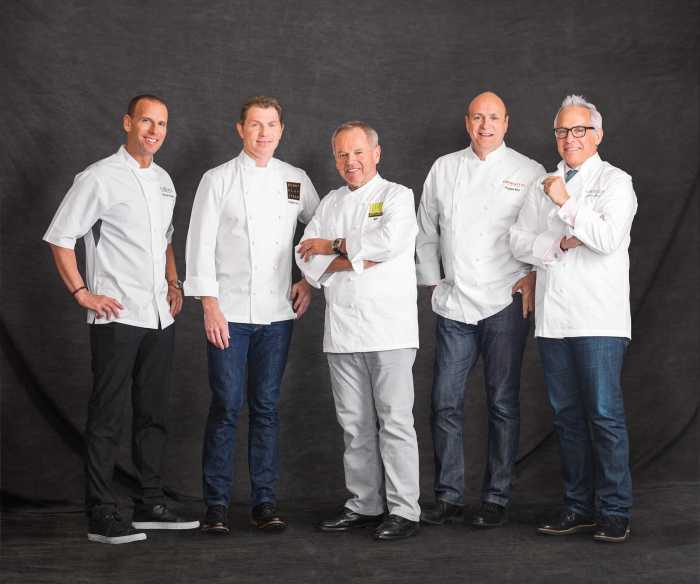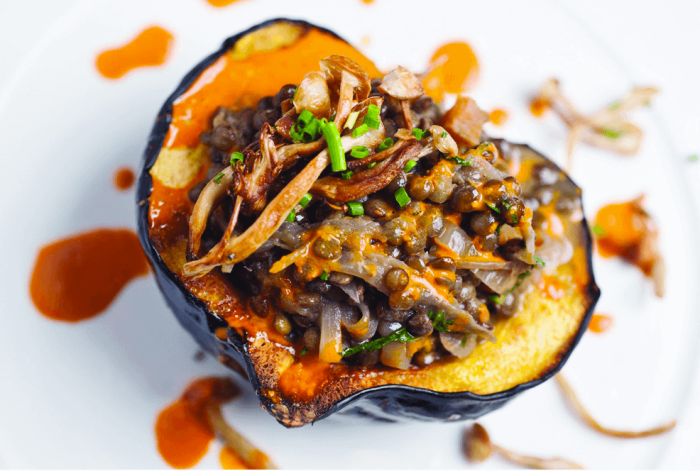Local farmers get a chance to show off their goods this Sunday at the 2015 Philly Farm and Food Fest, kicking off at 11 a.m. at the Convention Center. More than 150 vendors coming from within a 100-mile radius will vie to win over chefs and restaurateurs — and for $20, you can sample and shop your way through them. There will also be a CSA Pop-Up Shop, cooking demos, and the crowd-favorite Local Libations Lounge (entry is $10; 21+). related: Sneak Peek: Brick & Mortar opening soon James Beard Award winner Jeff Michaud, chef/partner in the Vetri Family, is hosting one of the demos, using a recipe from his cookbook “Eating Italy.” Vetri Family restaurants include Amis, Osteria, Pizzeria Vetri, Alla Spina, Lo Spiedo and, of course, the nationally acclaimed Vetri. We chatted with Michaud about the benefits of eating locally and seasonally. How much are the menus influenced by what is available locally?
One hundred percent. We can’t make a menu without knowing what’s in season. We’ll hold off on changing our menu, until we know what’s going to be ready. … Right now we’re hoping peas, fava beans and artichokes come into season, so we can start doing some spring stuff. How do you decide which local farmers to work with?
We’ve been dealing with one guy for about 15 years now, Green Meadow Farm. We get a list every week of what’s available. They’re reliable — that’s so important, the reliability. With some, it’s harder to get produce on a steady basis. And because many of them are coming from Lancaster and have to get into the city, they have to change more than a regular food distributor. But we try to stay with as many local farmers are we can — we always want to support artisan farmers. But you could be getting the same things cheaper.
The farmers are farming by the seasons, especially where we live — it’s not like we’re in California, where you can get fresh tomatoes seven days a week, 52 weeks a year. We have to play by the seasons. And when your purveyors are coming to you with something that’s out of season, it may be good, but it’s not on that extra level of what we’re looking for. When we want a tomato, we want to get it in tomato season. It’s gotta be the best possible tomato. I want it to be juicy and beautiful with a lot of flavor. Has eating locally and seasonally become important to diners too?
The big farm-to-table movement in the United States — it’s definitely growing. It’s something that’s been done in Europe for thousands of years, and now Americans are catching on. [Laughs] American’s are becoming savvy to it. Not that some people haven’t been doing it here for a while — but now there’s a name for it.
Philly Farm and Food Fest brings the farmers to town

Provided



























